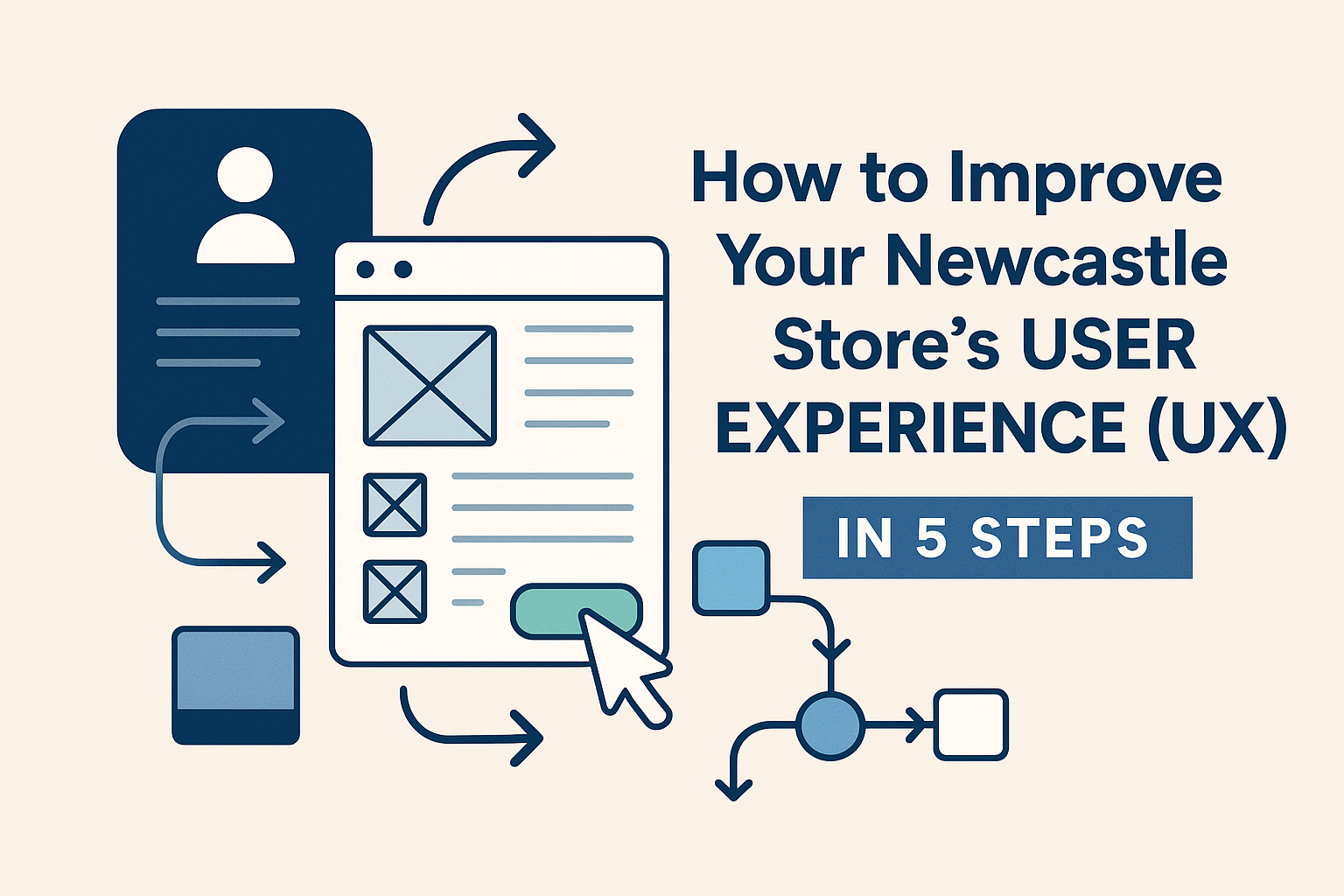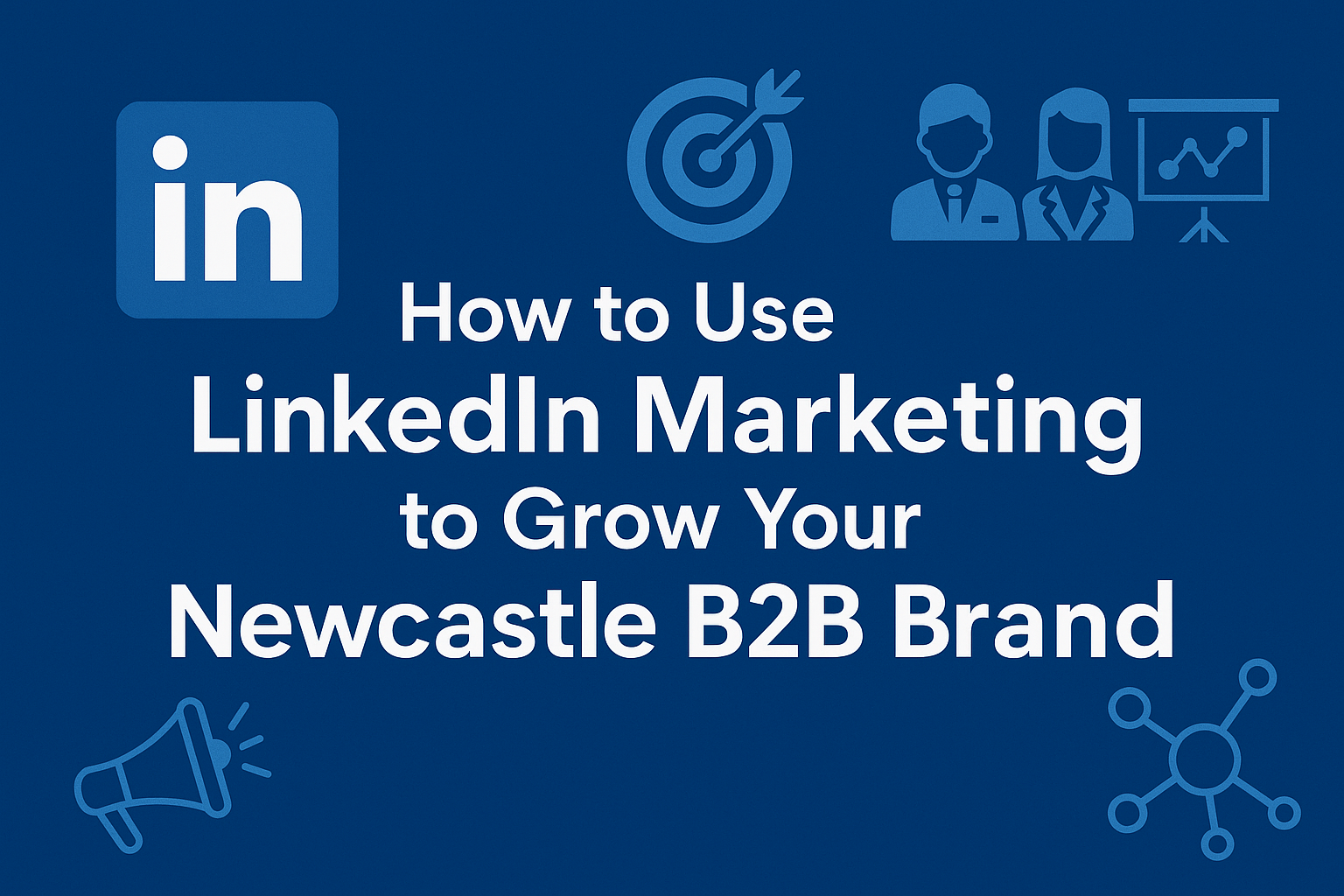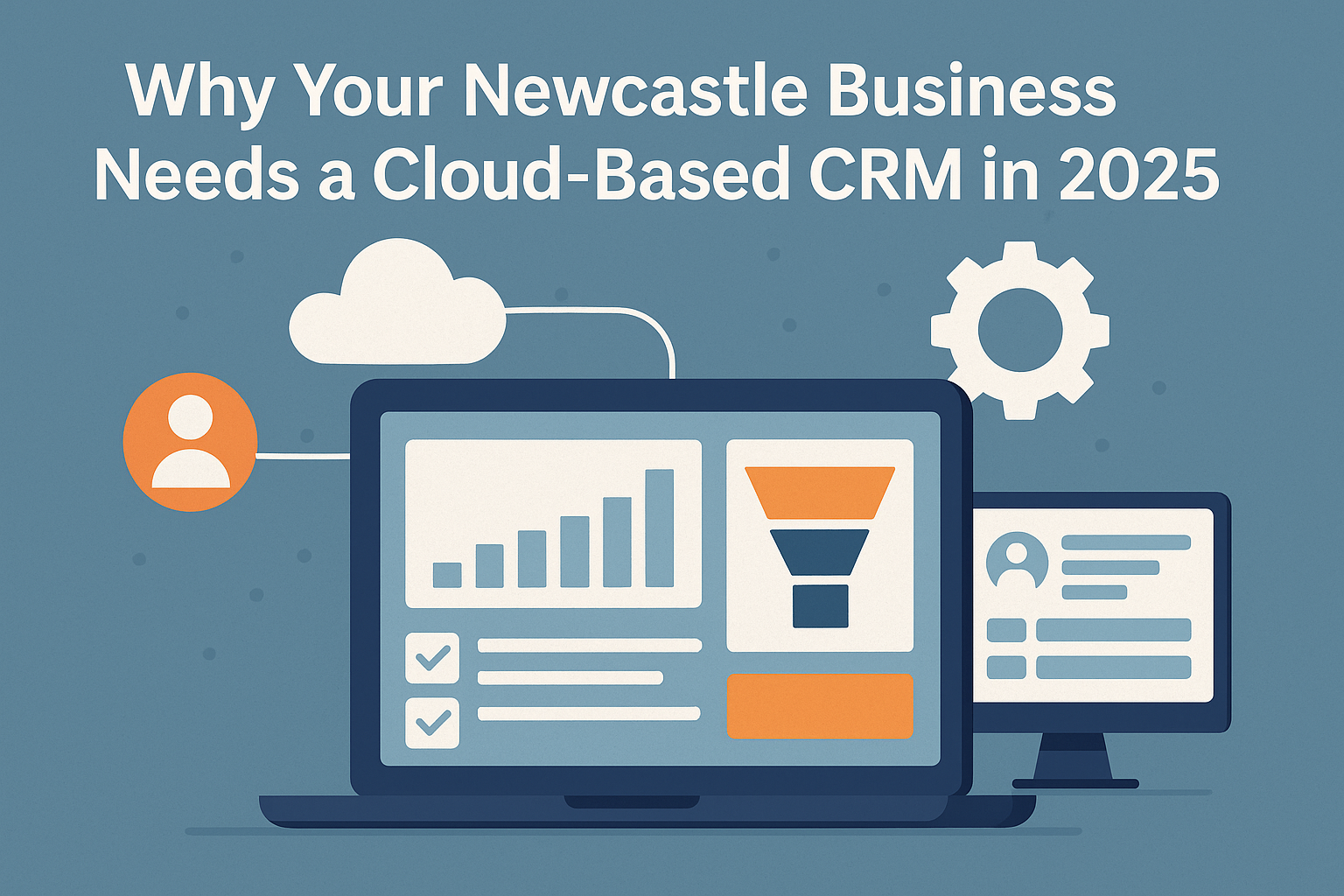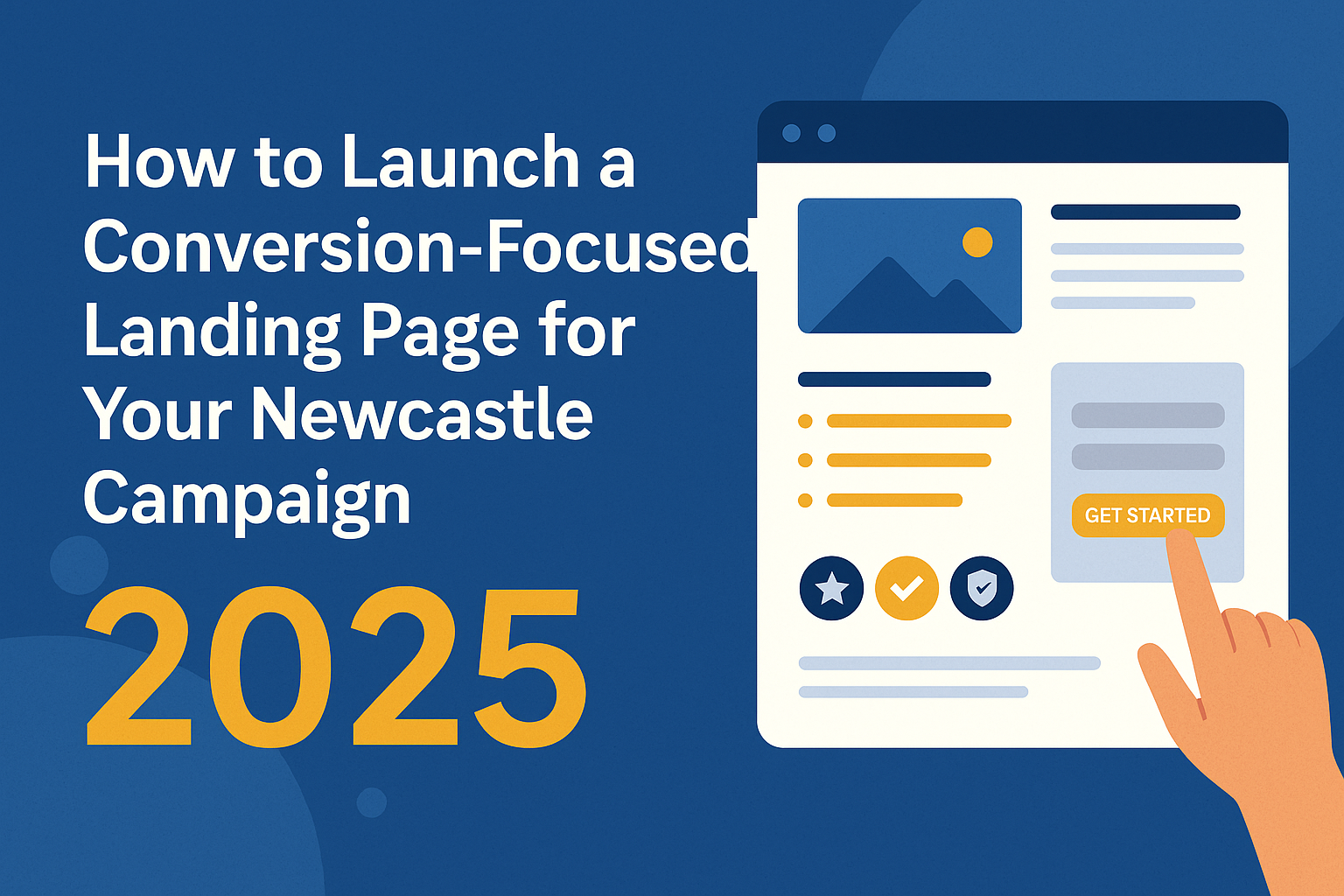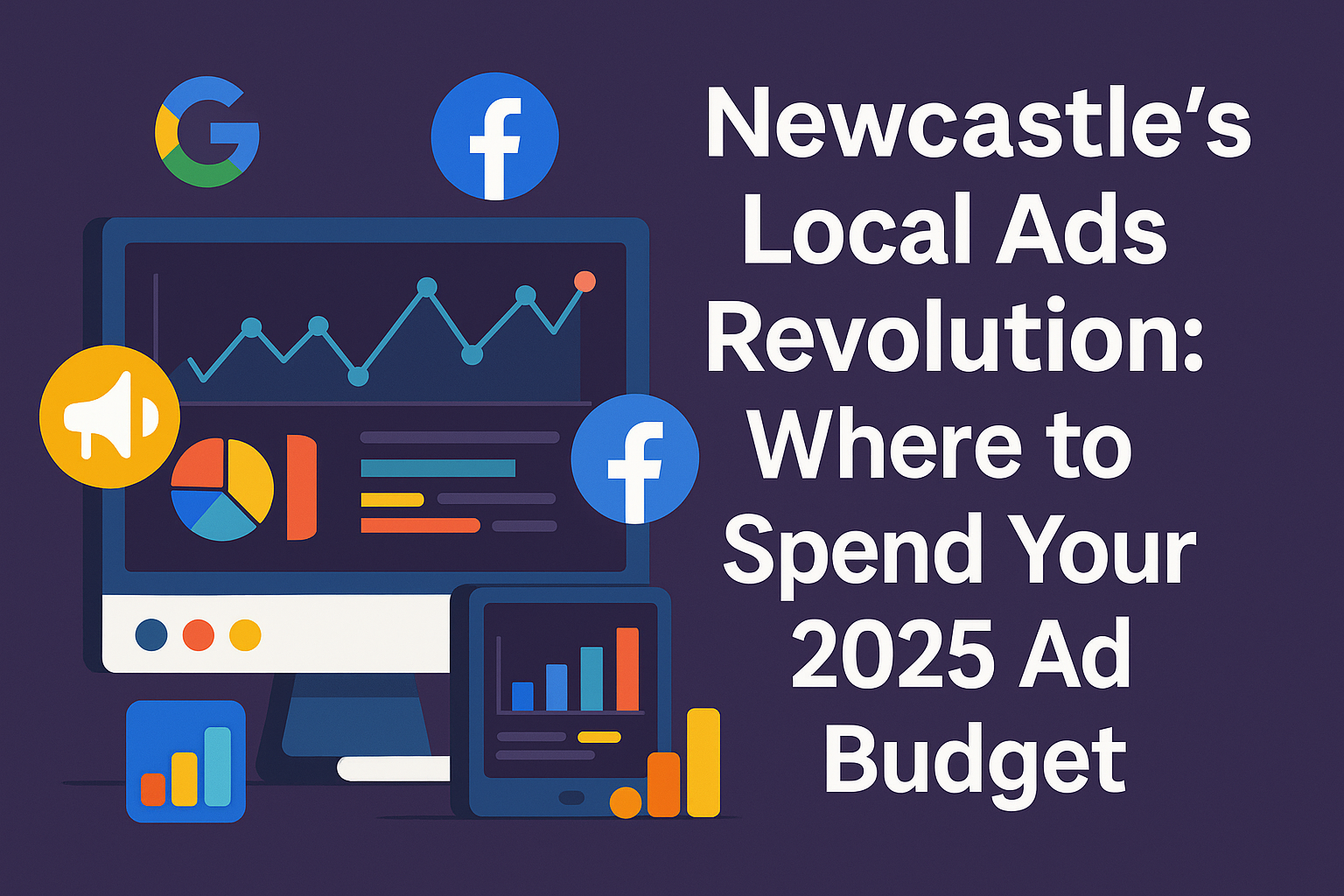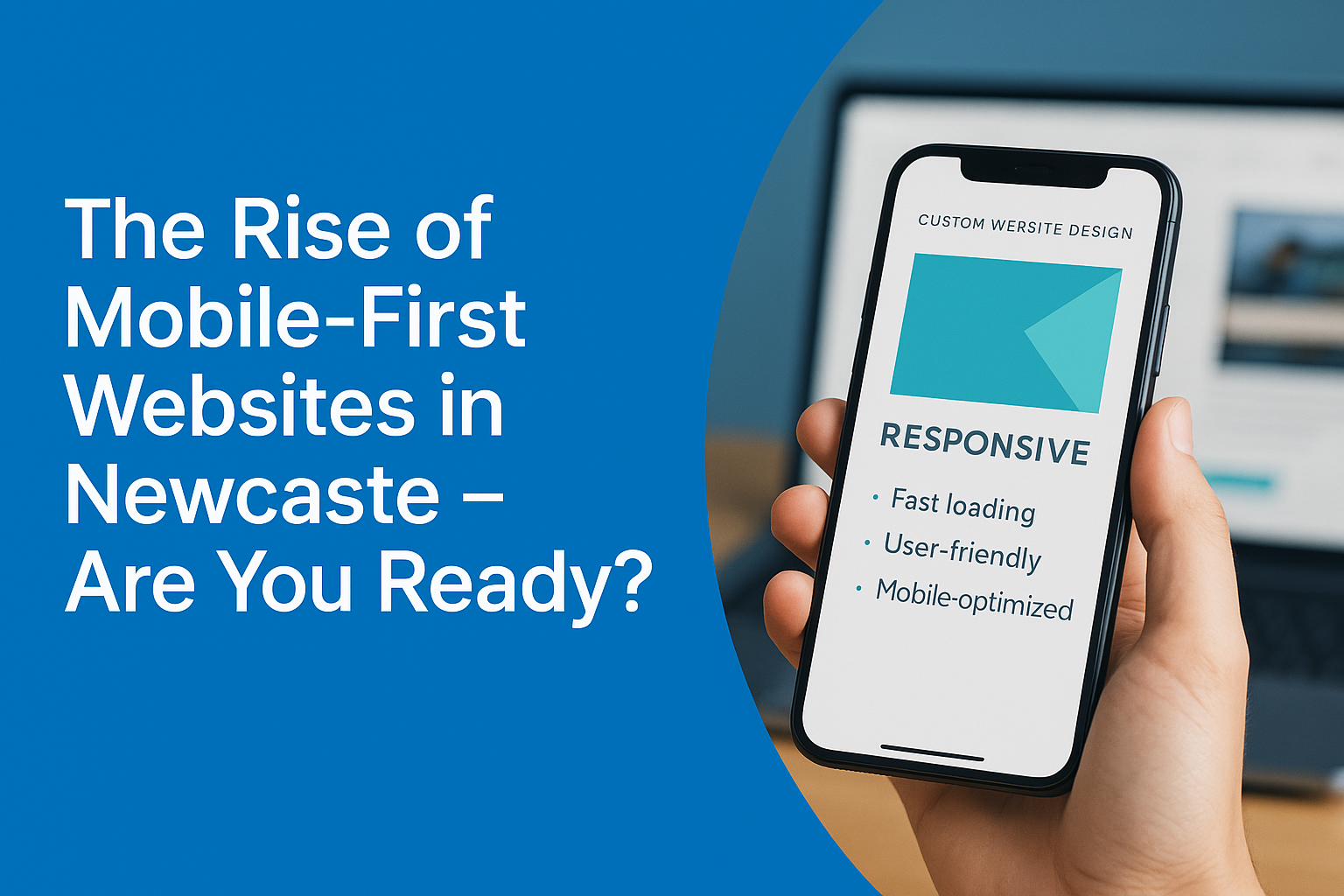- sales@robatodigitals.com
- 124 Westwood Dr, Burnside VIC 3023
What to Consider When Customizing a Website: A Comprehensive Guide

What to Consider When Customizing a Website: A Comprehensive Guide
In today's digital age, a website is often the first point of contact between a business or individual and their audience. It's the digital storefront, the virtual resume, and the platform for communication. To make a lasting impression, customization is key. Customizing a website allows you to tailor its appearance, functionality, and user experience to your specific needs and goals. In this blog post, we'll explore the crucial factors to consider when customizing a website.
Define Your Purpose and Goals:
Before diving into customization, it's vital to have a clear understanding of why you're building or modifying your website. What are your primary objectives? Who is your target audience? What actions do you want visitors to take on your site? Having a well-defined purpose and goals will guide your customization efforts.
Choose the Right Platform:
Selecting the right website-building platform is a fundamental decision. Popular choices include WordPress, Wix, Squarespace, and custom-built websites. Each platform offers unique features and customization options, so choose one that aligns with your goals and technical expertise.
Design and Branding:
Customization begins with design and branding. Create a visually appealing and consistent brand identity that reflects your business or personal style. Consider color schemes, typography, logos, and imagery that resonate with your target audience.
Responsive Design:
With the majority of internet traffic coming from mobile devices, ensuring your website is responsive is non-negotiable. Responsive design adapts your site's layout and content to various screen sizes, ensuring an optimal user experience for all visitors.
Navigation and User Experience (UX):
Ease of navigation is critical. Organize your site's content logically, with a clear and intuitive menu structure. Aim for a smooth and intuitive user experience by minimizing clutter and ensuring that users can easily find the information they seek.
Content Strategy:
Content is king. Develop a content strategy that includes engaging, valuable, and SEO-friendly content. Customize your website to accommodate various content types, such as blog posts, videos, images, and interactive elements.
SEO Optimization:
Customize your website for search engines by optimizing on-page elements such as titles, meta descriptions, headings, and image alt tags. Additionally, consider URL structure and site speed, both of which influence SEO rankings.
Security and Privacy:
Security should never be overlooked. Implement security measures, such as SSL certificates, regular backups, and strong passwords, to protect your website and its visitors' data. Comply with privacy regulations like GDPR if applicable.
Integration of Tools and Plugins:
Customization often involves integrating third-party tools and plugins to enhance functionality. Whether it's e-commerce features, social media sharing, or email marketing, choose plugins wisely and ensure they align with your website's goals.
Testing and Optimization:
Before launching your customized website, thoroughly test it across different browsers and devices to identify and fix any issues. After launch, continually monitor its performance and user behavior to make data-driven optimizations.
Scalability:
Consider the future when customizing your website. Will it be easy to scale and add new features as your business or personal needs evolve? A flexible and scalable customization approach is key to long-term success.
Budget and Resources:
Customization can vary widely in cost and complexity. Determine your budget and available resources, including time and skills, before embarking on customization. This will help you make informed decisions and avoid overextending.
Customizing a website is a creative and strategic process that requires careful planning and consideration. By defining your purpose, choosing the right platform, focusing on design, ensuring usability, and keeping security in mind, you can create a website that not only reflects your unique identity but also achieves your objectives effectively. Remember that customization is an ongoing journey; regularly evaluate and adapt your website to stay relevant and meet your evolving goals.


